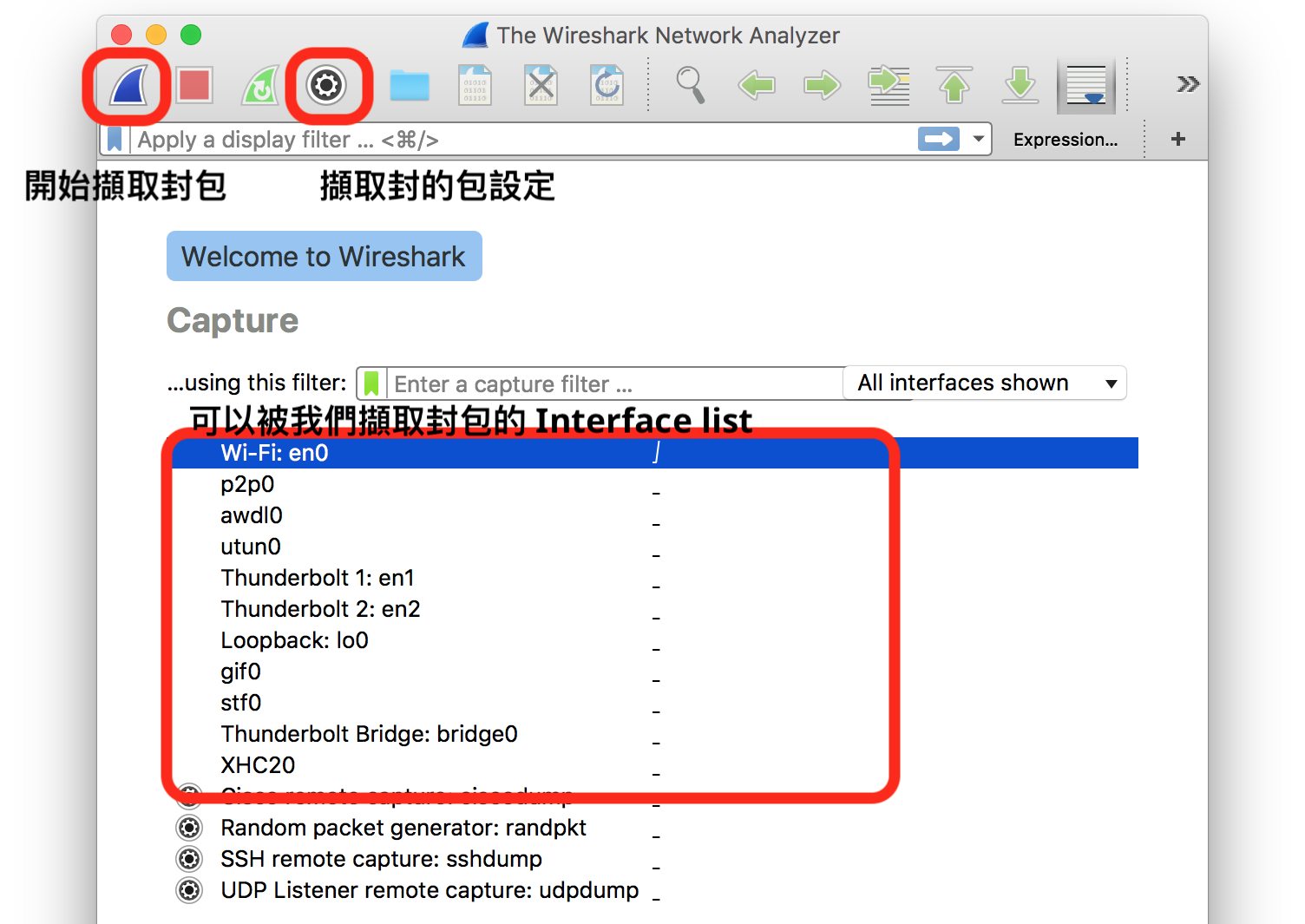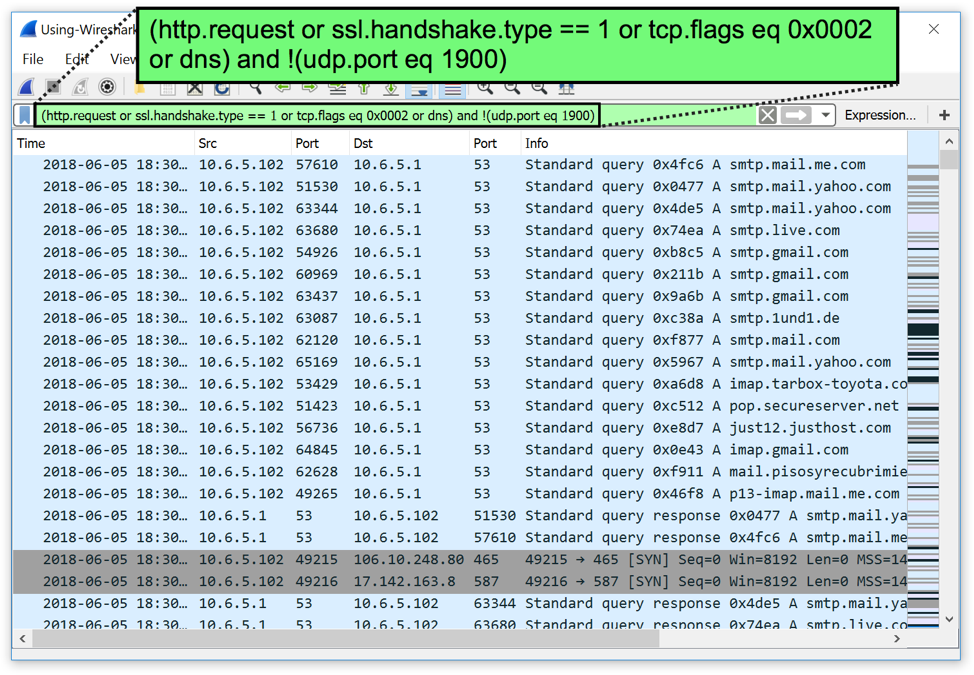
This will not work on interfaces where traffic has been NATed like NAT mode SSID or an Internet interface Not ip.untry = "United States" #All Destination Countries Except United States:Įth.dst = 00:0C:CC:76:4E:07 #source mac filterĮth.src = 00:0C:CC:76:4E:07 #destination mac filterĮther host 00:18:0a:aa:bb:cc #a specific mac. !ip.untry = "United States" #All Destination Countries Except United States Ip.geoip.city = "Dublin" #Source or Destination City Ip.geoip.dst_city = "Dublin" #Destination City Ip and not ip.untry = "United States" #Exclude U.S.-based traffic #wireshark version 3.4.9, after downloading&configuring maxmind databases

#Display all the retransmissions,packet loss has occurred on the network somewhere between client and server #The TCP retransmission mechanism ensures that data is reliably sent from end to end Wlan.addr Hardware address Īrp.src.proto_ipv4 Sender IP in ARP packets To accomplish this task, nslookup sends a DNS query to the specified DNS server, receives a DNS reply from that same DNS server, and displays the Traffic to or from an ethernet address The queried DNS server can be a root DNS server, a top-level-domain DNS server, an authoritative DNS server, or an intermediate DNS server (see the textbook for definitions of these terms).

In it is most basic operation, nslookup tool allows the host running the tool to query any specified DNS server for a DNS record. To run it in Windows, open the Command Prompt and run nslookup on the command line. To run nslookup in Linux/Unix, you just type the nslookup command on the command line.

nslookup In this lab, we'll make extensive use of the nslookup tool, which is available in most Linux/Unix and Microsoft platforms today. In particular, you may want to review the material on local DNS servers, DNS caching, DNS records and messages, and the TYPE field in the DNS record. Before beginning this lab, you'll probably want to review DNS by reading Section 2.5 of the text.

From the DNS client's standpoint, however, the protocol is quite simple – a query is formulated to the local DNS server and a response is received from that server. As shown in Figures 2.21 and 2.22 in the textbook, much can go on " under the covers, " invisible to the DNS clients, as the hierarchical DNS servers communicate with each other to either recursively or iteratively resolve the client's DNS query. Recall that the client's role in the DNS is relatively simple – a client sends a query to its local DNS server, and receives a response back. In this lab, we'll take a closer look at the client side of DNS. As described in Section 2.5 of the textbook, the Domain Name System (DNS) translates hostnames to IP addresses, fulfilling a critical role in the Internet infrastructure.


 0 kommentar(er)
0 kommentar(er)
